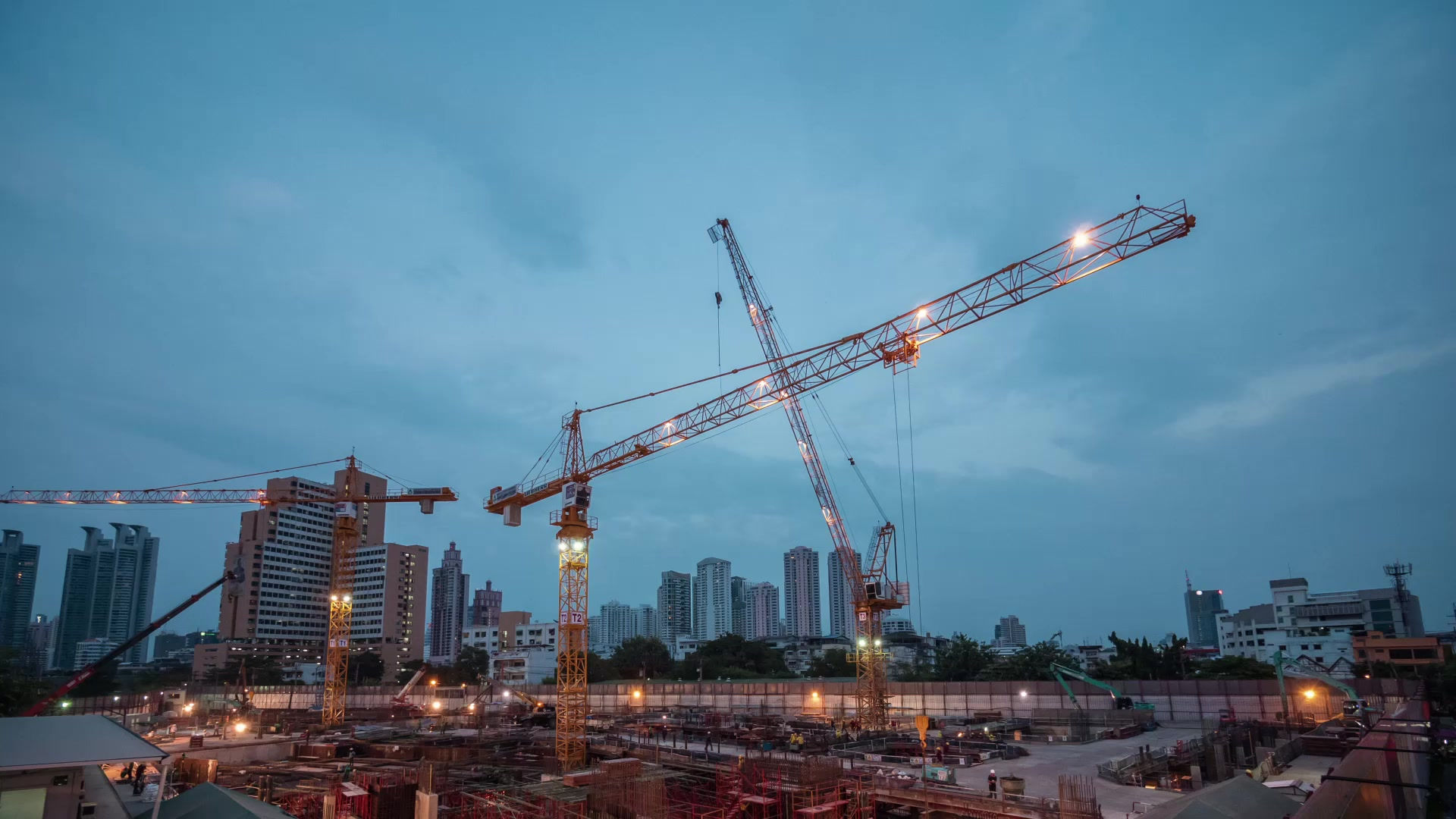Impact of LA fires on Construction
- Haleh Verdi

- Feb 5
- 2 min read

The recent Los Angeles wildfires have left a significant mark on California’s landscape, causing widespread destruction and impacting various industries, particularly construction. As the state begins recovery efforts, the construction sector faces both challenges and opportunities in rebuilding homes, infrastructure, and businesses.
1. Infrastructure Damage and Reconstruction
Wildfires have devastated essential infrastructure, including power lines, water systems, and transportation networks. The reconstruction of these vital components is a top priority, leading to an increased demand for construction materials and skilled labor.
📌 Key Impact: Higher demand for building materials and contractors, leading to potential price surges and project delays.

2. Housing Crisis and Insurance Challenges
The destruction of thousands of homes has exacerbated California’s already tight housing market. Many displaced families are struggling to find temporary housing, while homeowners face rising insurance costs and lack of fire insurance.
💡 Many insurers are now pulling out of wildfire-prone areas, making it difficult for homeowners to rebuild affordably.
3. Supply Chain Disruptions and Rising Costs
The fires have disrupted transportation routes and supply chains, making it harder to source materials like concrete, steel, and lumber.
Material Cost Increases in Construction (Post-Wildfires)

4. Labor Shortages and Workforce Constraints
The construction sector is already struggling with a shortage of skilled workers, and rebuilding efforts will only increase the demand for labor.
🔹 Challenges:
High labor costs due to demand outpacing supply.
Immigration policies affecting the availability of skilled laborers.
📌 Rebuilding LA may require streamlined visa processes for foreign workers and increased investment in workforce training programs. With current immigration policies, it may turn to a severe labor shortage.
How the Construction Industry Can Adapt
1. Fire-Resistant Building Materials and Designs
Use of fire-resistant concrete, steel, and treated wood in rebuilding projects.
Implementation of defensible space strategies to minimize future fire risks.
2. Sustainable & Resilient Construction Practices
Increased adoption of modular construction to speed up rebuilding.
Government incentives for eco-friendly and fire-resistant housing.
3. Policy and Insurance Reforms
Advocacy for more accessible fire insurance policies for homeowners and businesses.
Government-backed rebuilding assistance programs to offset high costs.
Conclusion: A Rebuilding Era for California’s Construction Industry
The Los Angeles wildfires have reshaped the future of construction in California, presenting both challenges and opportunities. The industry must embrace innovation, policy changes, and workforce development to rebuild stronger, safer, and more resilient communities.
📌 The key takeaway: While costs and labor shortages may slow recovery, fire-resistant, sustainable construction will be the new standard for California’s future.





Comments